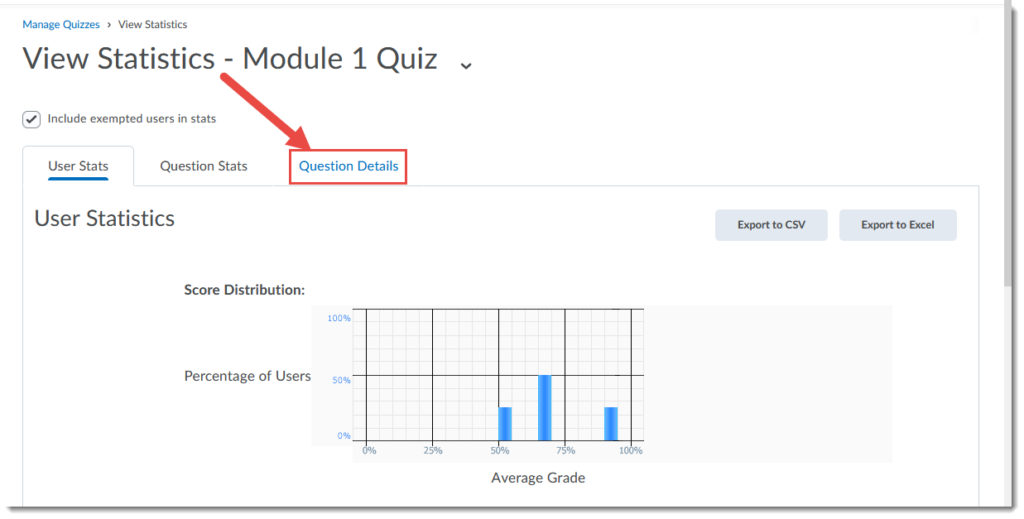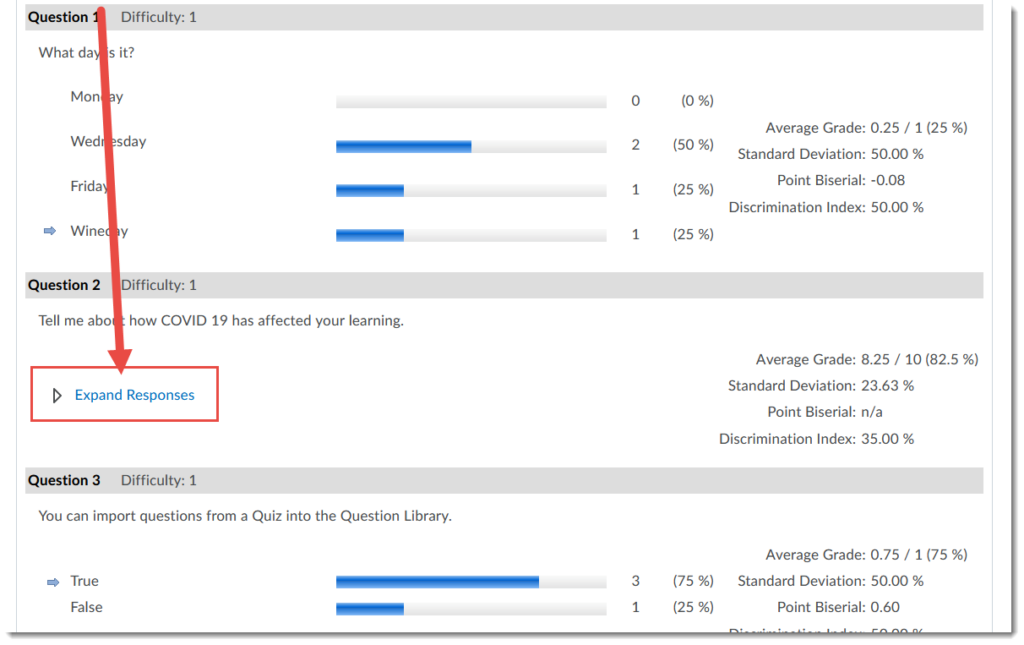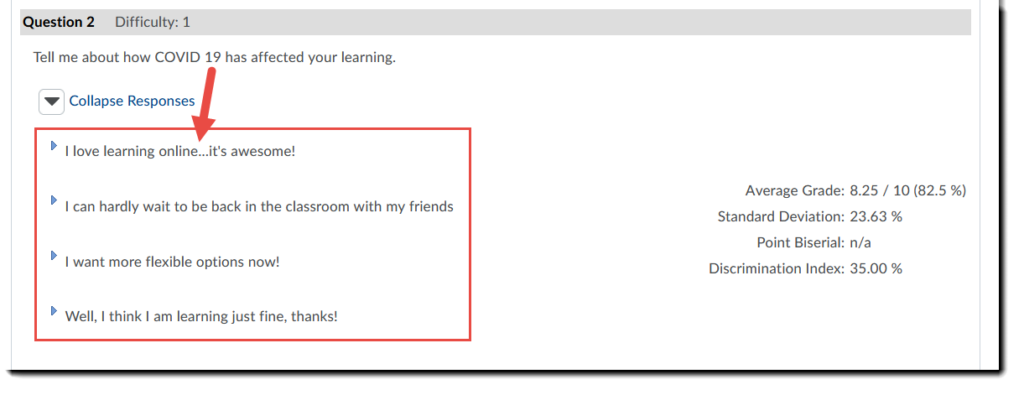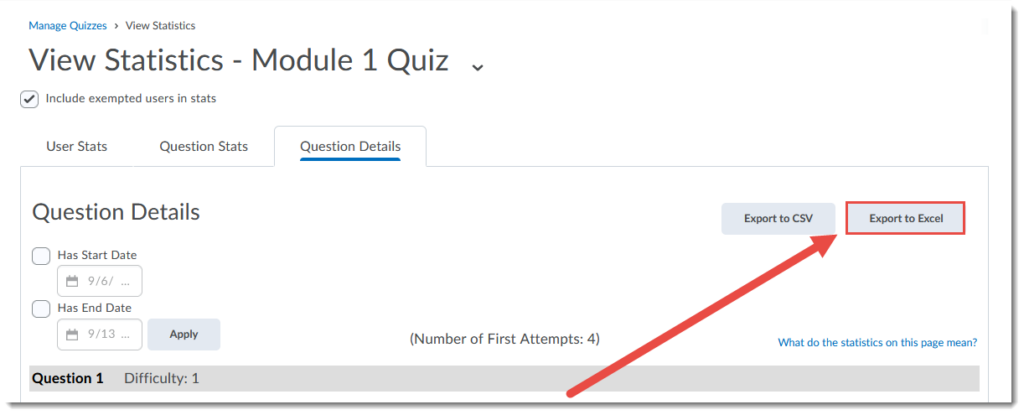Michelle is a faculty member in the Community, Family, and Child Studies (CFCS) and Mental Health and Addictions (MHA) programs at Camosun College. She was one of the fortunate ones to have taught blended courses in the MHA program before, but she had never developed content for a fully online course until last year. “This was my first opportunity to imagine delivering a course fully online. As somebody who thrives on a lot of interaction, I wanted to offer an online course with the kind of engagement I strive for in my face-to-face classes. By using both asynchronous and synchronous tools, I think I was able to create that interaction. However, it was a lot of work developing in both modes, trying to figure out what needed to be asynchronous and what needed to be synchronous. In the end, it’s been a year of a tremendous amount of learning and a tremendous amount of overtime.”
During the Fall 2020 term, Michelle taught “the same course to two different program groups. I always collect feedback from students throughout a course and then report back to the students on how I will incorporate their feedback into the course delivery moving forward. This time was more challenging because students communicated a much more diverse range of needs and preferences now that the course was in an online environment. Some wanted more group discussions, and others wanted longer lectures; some said the synchronous classes were too short, others said they were too long. So finding the right balance, while also not making too much work for myself, was a challenge.”
Meeting the diverse needs of her students and offering both synchronous and asynchronous options were definitely top on the list of challenges Michelle faced. And related to these was confidence. “At one point, students said they wanted more synchronous content, so I adjusted, but halfway through the term they commented that the synchronous sessions were too long and requested more asynchronous discussions. I did a lot of reorganizing and soon realized that I was struggling to decipher what feedback needed to be incorporated because I wasn’t confident in how I structured the course in the first place, given I hadn’t taught this way before.” But with experience comes confidence, and Michelle now feels she can speak to the students about the balance between synchronous and asynchronous and is confident in the way her courses are structured, so that “the learning outcomes will be met if do the work and ask for help if needed.”
I asked Michelle what worked well for her last year, and she told me, “I was most surprised by how having some sense of anonymity online benefited some of our discussions. I loved that students felt safe enough to disagree with the general sentiments of the class. The diversity of opinions added a lot of richness to discussions.” Michelle also used the Survey tool in D2L for the first time. “I think I got much more thoughtful feedback than I ever got collecting written feedback in person. I was able to speak to why and how we give effective feedback, which connected to the course learning outcomes and resulted in richer information. When I think about what I’m taking forward from this experience, I am confident I am a better instructor now that I am well versed in so many online tools.”
And Michelle found a surprising benefit of teaching online. “I initially didn’t believe that you could explore relational practice effectively completely online, but I was surprised how in many cases being online enhanced our ability to fine-tune our interpersonal skills. Completing role-plays online called on students to be even more attentive to non-verbal skills, attending to eye movement and how people lean in and out, etc.” In addition, Michelle found an unexpected benefit of students being on camera in synchronous sessions. “Students complete an assignment where they record themselves in a role play. Many students have anxiety about being filmed. Getting students used to being on camera early on has made them more comfortable with being recorded later on. They’re watching themselves all the time in Collaborate, so by the time they get to that assignment, looking at themselves is not so intimidating.” In fact, Michelle is going to continue to have students post introductory videos in D2L at the beginning of her courses to give them a low-risk opportunity to lose that camera anxiety.
Michelle advises other faculty moving courses online to make sure to have a clear organizational structure from the beginning. “It doesn’t need to be the same for every instructor, but students shared with me how much they appreciated my consistency. I created each asynchronous module as if it was a story, like another chapter of a book to open. Students only needed to work through one of these chapters each week. This allowed for consistency but also allowed me to incorporate different kinds of media and links. I could include that diversity of activities because there was always a very clear structure containing it all.” Michelle also learned from her experience that she needed to spend more time orienting students to the course to reduce their anxiety, especially if they are learning online for the first time. But she notes, “students adapted surprisingly well, which is also a good takeaway: how resilient people are and how quickly we can adapt to change.”
In addition to the introductory video, Michelle tells me that her courses next term will be blended. For example, “instead of showing videos in class, students can watch them at a time that works for them and come prepared to discuss them in-person. I think we’ve had much richer discussions because students reviewed the material in advance and had time to reflect.” Of course, blending means considering which components will work best face-to-face and which will work best online. Michelle says, “The most interpersonally based pieces will be face-to-face, and then things like videos, self-assessments, etc., will be in D2L – in a structure similar to the one I used last year.” Some students are looking for more flexibility in their post-secondary learning, so as Michelle said to me, there are many advantages to blending your courses. “I’m going to do two hours face-to-face and one hour online. While bringing these two pieces together is challenging, it opens a lot of doors for rich learning. And now that I see what online teaching can be, I can confidently say that there’s a lot we could be doing online.”
Michelle’s final words were inspiring to me. It was a lot of work, but “I don’t regret it by any means. I’ve learned a tremendous amount and cannot believe how confident I feel now in an online classroom. Before this, I would have opposed a fully online CFCS or MHA program, but I see it as a possibility now. That’s been a big shift for me: I believed students needed those face-to-face experiences, but now I feel very confident that if you design it right, you can have a different kind of richness learning these skills fully online.”





